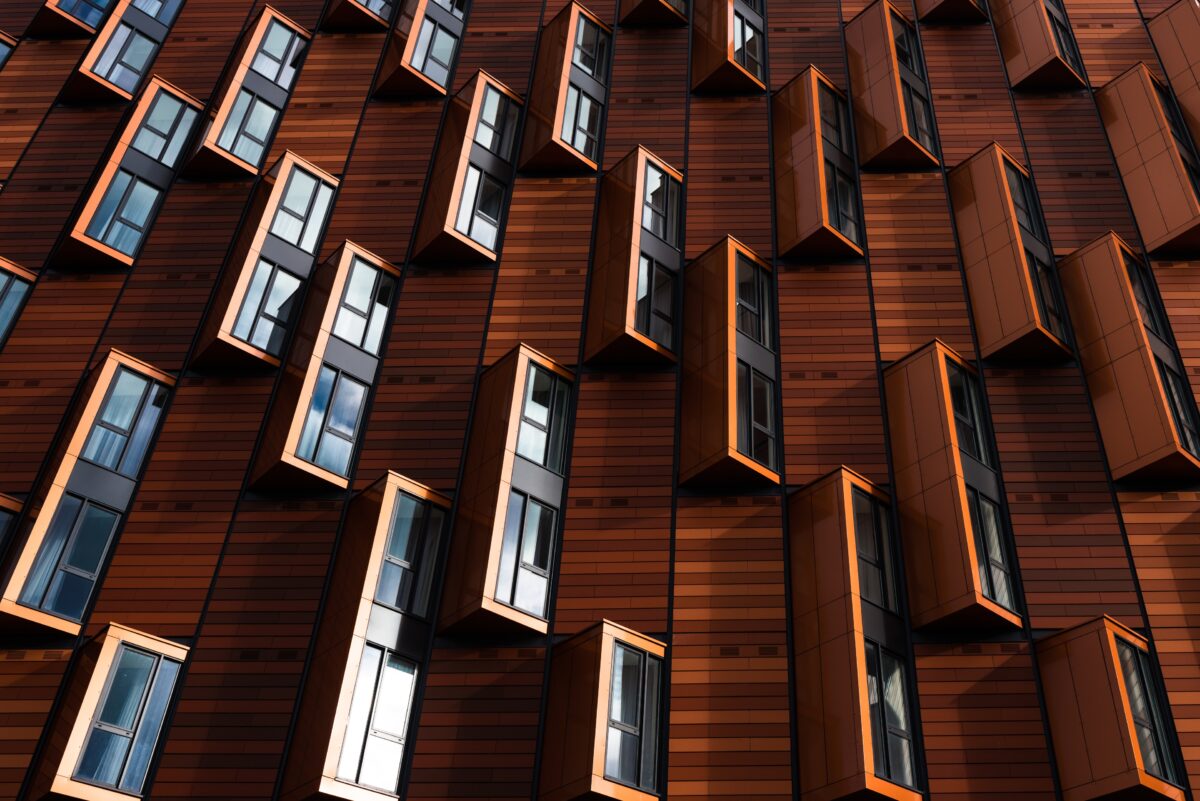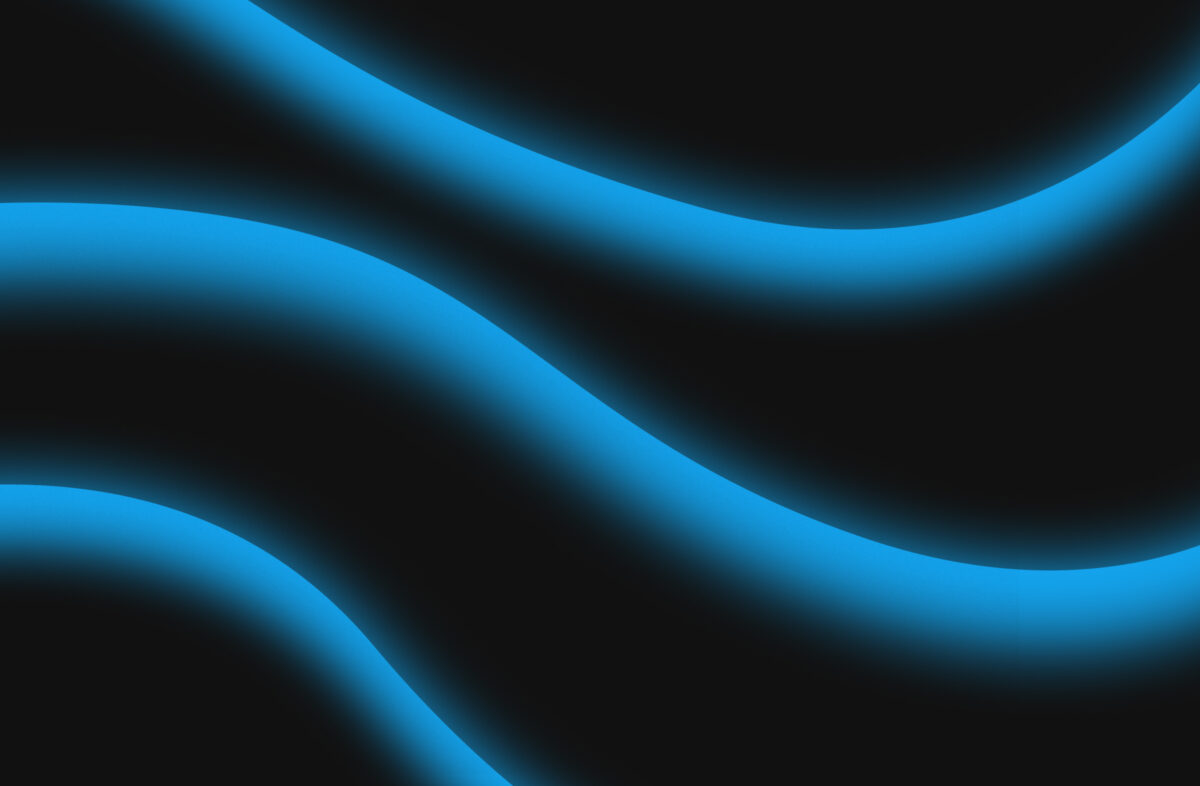Faster Curing, Better Coverage and a Smaller Footprint.
Applying two powder coatings in one go? That’s the promise of our dry-on-dry technology, an energy-efficient coating. Developed by the Protech Group, this technique streamlines production, improves edge protection and reduces CO₂ emissions, without compromising durability or finish-quality.
WHAT IS DRY-ON-DRY TECHNOLOGY
In a dry-on-dry system, the topcoat is applied immediately after the primer, and the layers are cured together. This method boosts crosslinking and ensures strong adhesion of the cured coating.
The Protech Group also engineered a low-bake version of this technology, allowing both coats to cure at lower temperatures or in less time, resulting in an even faster throughput and lower energy consumption.

HOW DOES IT WORK?
The system combines the EF26 primer and PE40 .AG topcoat:
- EF26 (EF-SERIES) is a highly reactive epoxy primer that provides excellent edge coverage at a low layer thickness.
- PE40 .AG (AG-KOTE) is a Qualicoat, Qualisteelcoat and GSB-certified topcoat with strong outdoor resistance and exceptional degassing performance.
Both products are energy-efficient coatings. Once both layers are applied, curing can start at 150°C.
DOUBLE THE BENEFITS
Combining one-cure and low-bake methods leads to:
- Faster production times
- Lower bake temperatures
- Reduced energy usage
- Significantly lower CO₂ emissions
All this, while improving coating performance.
PROVEN PERFORMANCE
To validate the system’s effectiveness, our R&D team conducted salt spray testing (ASTM B117-07) on bare steel pretreated with iron phosphate and passivation in order to measure corrosion and blistering over time.
- EF26 + PE40 .AG – 70–90 µm total thickness
- EF26 + PE40 .AG – 90–110 µm total thickness
- PE40 .AG only – 80 µm total thickness
Corrosion formation – results
| Corrosion | EF26 + PE40 .AG (+- 80 µm) | EF26 + PE40 .AG (+- 100 µm) | PE40 .AG (80 µm) |
| After 500 hrs | Yes (S) | Yes (S) | Yes (S + E) |
| After 1000 hrs | Yes (S) | Yes (S) | Yes (S + E) |
| After 1500 hrs | Yes (S+E) | Yes (S) | Yes (S + E) |
| After 2000 hrs | Yes (S+E) | Yes (S) | * |
S = Scratch, E = Edge
- No primer: corrosion starts after 750 hours
- With primer: corrosion delayed to 1250 hours
- Thicker total layer: no corrosion after 2000 hours
Blistering – results
| Blistering | EF26 + PE40 .AG (+- 80 µm) | EF26 + PE40 .AG (+- 100 µm) | PE40 .AG (80 µm) |
| After 500 hrs | No | No | 3 S (2) (E) |
| After 100 hrs | No | No | 4 S (3) (E) |
| After 1500 hrs | 2 S (2) (E) | No | 4 S (5) (E) |
| After 2000 hrs | 2 S (2) (E) | No | * |
S = Scratch, E = Edge
- No primer: blisters at 750 hours
- With primer: delayed to 1500 hours
- Thicker system: no blistering at 2000 hours
The result? Using a primer, even in a thin layer, dramatically improves performance:
- Corrosion: edges corrode faster without a primer. With dry-on-dry, corrosion resistance extends up to 2000 hours.
- Blistering: no primer means early failure. Adding primer significantly delays or prevents blister formation.
A primer + topcoat outperforms topcoat-only systems in every way, especially when the total thickness is increased.
WHY DRY-ON-DRY MAKES A DIFFERENCE
The dry-on-dry technique offers more than efficiency gains. It’s a true quality upgrade:
- Better edge protection
- Enhanced long-term durability
- Faster production cycles
- Lower energy costs and CO₂ emissions
It’s a smarter, more sustainable approach to high-performance powder coating.
Curious how dry-on-dry could improve your coating line? Get in touch with our team!

